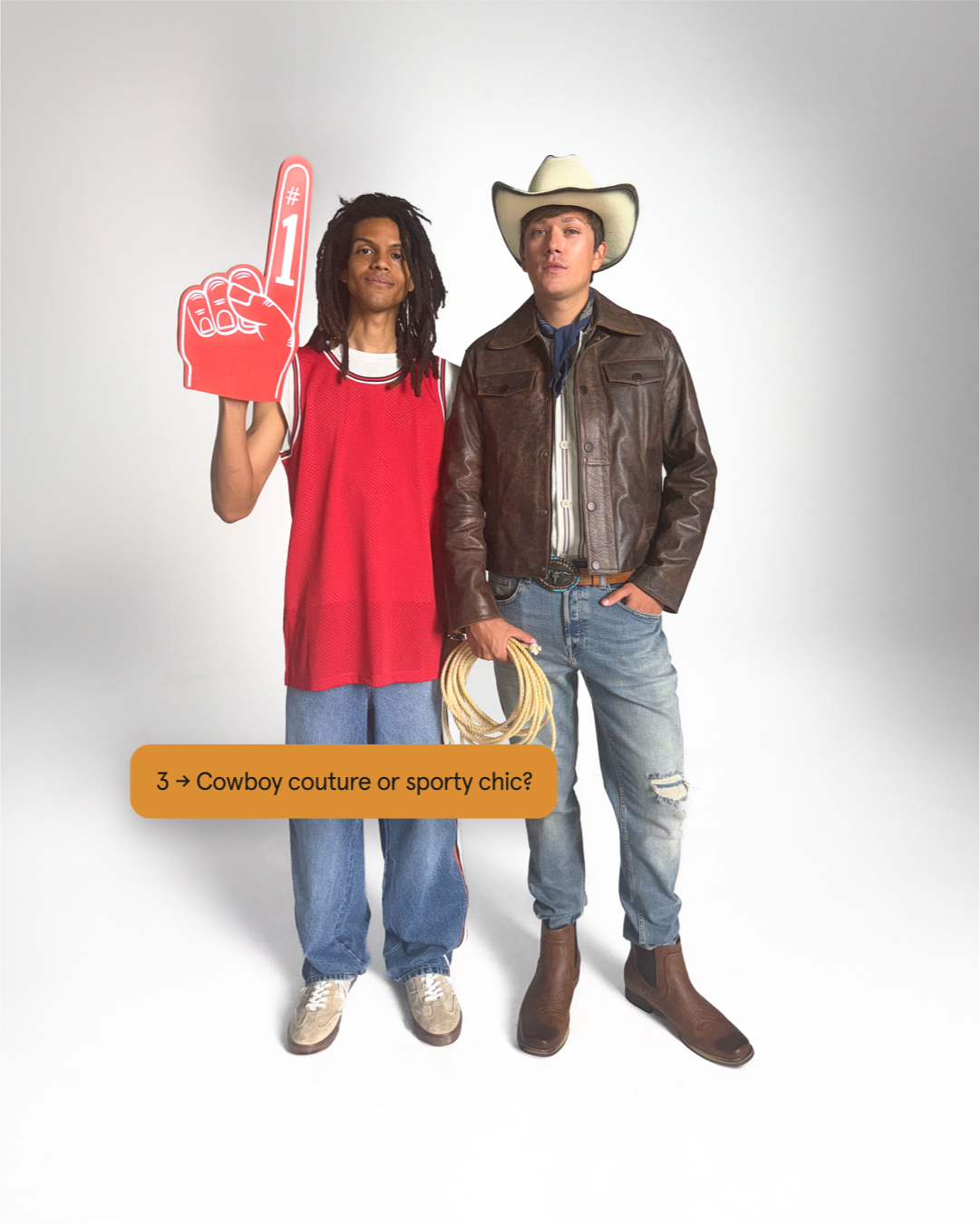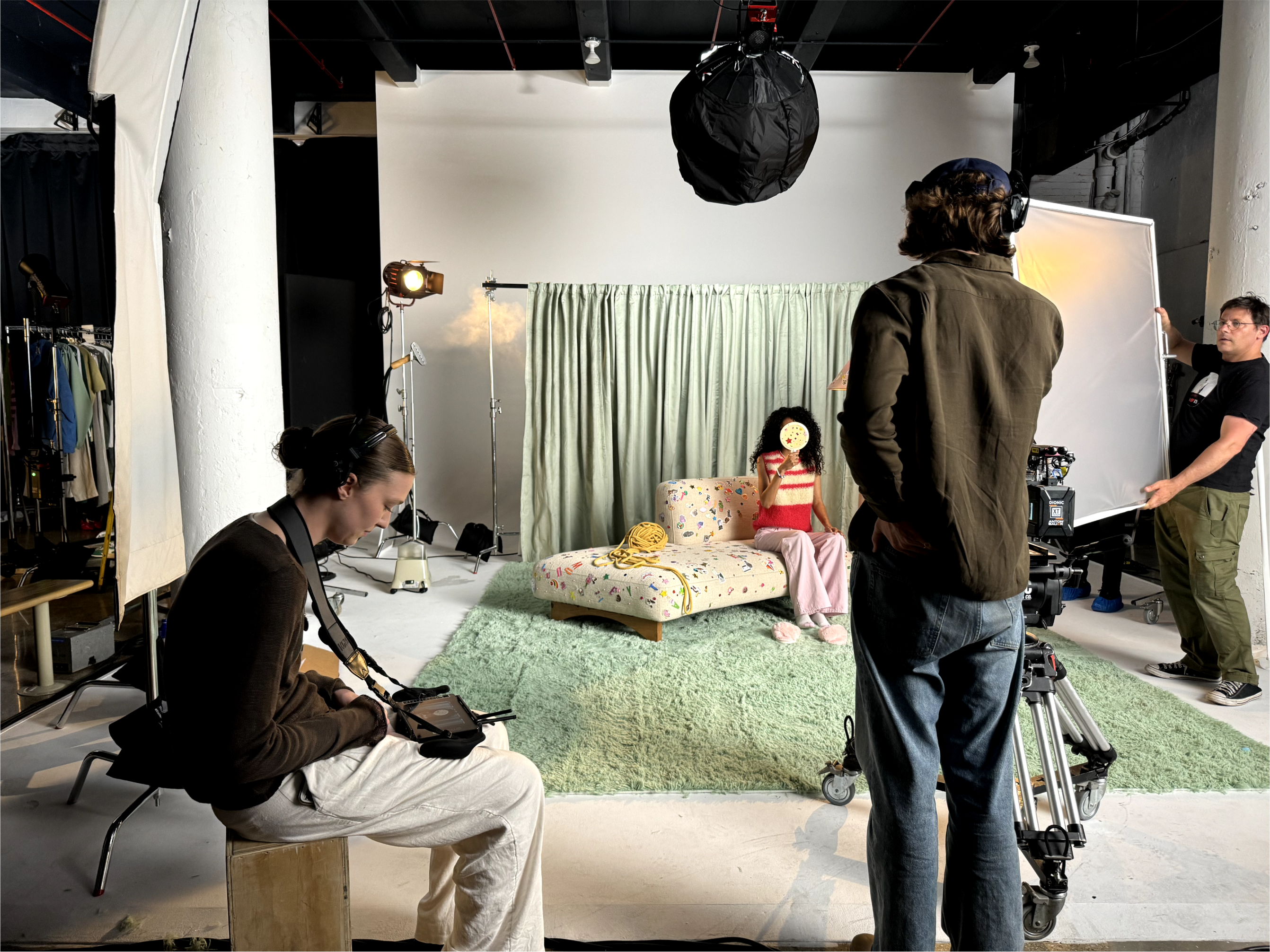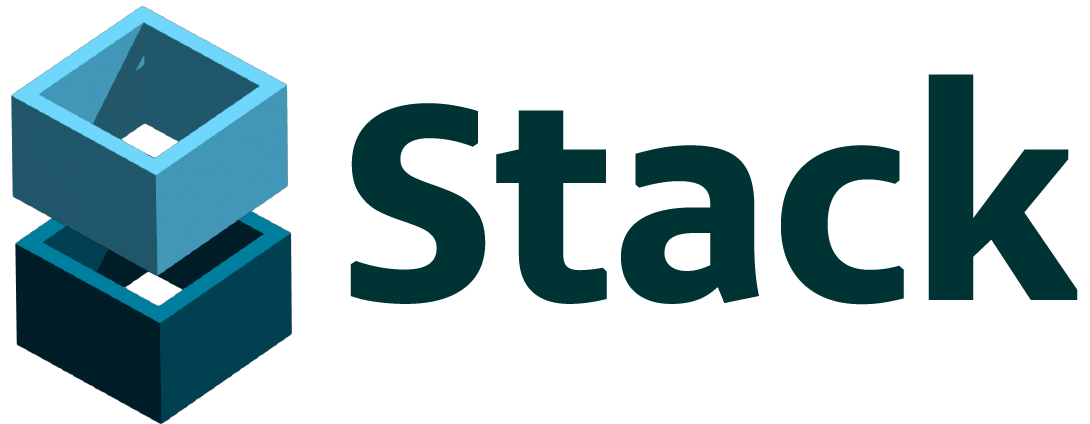Our view at Stack - Typeform is our go-to software if we need to ask a set of structured questions of a group of customers, prospects or leads. In summary, Typeform combines aesthetics, functionality, and flexibility. User-friendly form builder with interactive design, versatile question types, real-time data collection, 500+ integrations, and diverse templates. Ideal for engaging surveys and lead generation.
Cue the sounds of disgruntled marketers (me) clicking and clacking their qualms into the ether (LinkedIn). In the B2B world, brand marketing is often overlooked and undervalued. Why? Because brands are over-indexing on efficiency—rigid attribution models highlighting short-term ROI—at the expense of longevity.
In the pursuit of quick wins, they sacrifice creativity and long-term growth, staying focused on what’s “worked” in the past instead of building for the future.
That’s where we took a different approach…
If you’ve seen our latest campaign, “Now You Know”, hopefully you got the impression that brand marketing is alive and kicking at Typeform. Our new campaign has a simple message—a brand’s next best move lies in what they don’t yet know (about their customers). Because you don’t know what you don’t know. Until you Typeform.
While I’m not here to write a full playbook on how exactly we did it, I’d like to add to the sea of support for creative, brand-led marketing—and talk a bit about how we brought this campaign to life.
Houston, we need a brand campaign
Typeform, like many B2B brands, has seen a slip in brand awareness “indicators” and organic performance. While the decline is influenced by a variety of factors like changes to search, privacy laws, AI, and more— the impact is all the same. And it will make its way to the bottom line without proper intervention.
Enter the 95:5 rule. It’s a straightforward concept: 95% of your total addressable market (TAM) isn’t actively looking to buy, while only 5% are in-market at any given time. Many B2B brands are performance marketing-focused, meaning most of their efforts are targeted to that 5%, thereby neglecting the 95% who could be tomorrow’s buyers. A healthy brand needs to nurture that 95%, building awareness today to drive future demand and long-term growth.
Explaining this concept helped immensely in getting buy-in for a more brand-centric campaign, along with this quote from Marketing Week:
“The 95:5 rule gives permission to be bold, put on a show and have a little fun. It broadens the creative canvas in B2B, encouraging us to focus on publicity, not persuasion.”
Justifying a brand-led campaign
Consumer brands are always competing at the brand-level because consumer products are (mostly) the same. Sunglasses are sunglasses, a dog leash is a dog leash, a bag is a bag. Until recently, B2B brands have operated as if their products are vastly different. But technology (like AI) is a great equalizer. They can’t hang their hats on technological innovation for long—someone else is eventually going to do the same thing. A cool product feature might turn heads today, but someone else will build it tomorrow. What sticks around? The brand. Byron Sharp’s How Brands Grow nails it: ‘Differentiation isn’t forever, but branding is.’
Building a distinct, strong brand identity and an emotional connection with customers drives customer acquisition and retention. I don’t need data to support that. It’s not just about being seen—it’s about being remembered. About being considered.
When your brand is distinct, customers feel something, and that feeling sticks with them, influencing future decisions even when they’re not actively in-market. That’s the power of brand—it’s long-term emotional influence. And the key to that is creativity.
Marketers often hear ”customer is king” or “content is king.” And sometimes, sure—but the real king is creativity. Everything works better when it’s uniquely creative and distinct. Of course, capabilities and functionalities matter, but this is why so many companies sound the same. They’re focused on formulaic, ‘differentiated’ messaging without truly thinking about what makes them distinct.
Typeform 🤝🏻 Red Antler: building a distinct story
Red Antler was an attractive partner off the bat—for one, they’re Brooklyn-based (an admittedly selfish qualification/my old stomping ground)—and I had read about their work on Ramp, among many other startup brands. It was super creative, especially for a fintech company. They’re also the creative geniuses behind the Hinge campaign, “Designed to be deleted.” That single line of copy is so smart and so concise, and that’s what we needed for Typeform.

Advertising and marketing, especially in B2B contexts, can feel like there’s just a decision made about who the customer is and how they use the product. It’s based on assumption and projection, and lacks intimacy—there’s no window into their world.
Red Antler immediately got what makes Typeform tick—people. They embraced the human element at the heart of our platform, crafting a campaign that effortlessly brings our brief to life. Typeform’s goal was to celebrates data as more than just numbers. “Collecting data” isn’t just a list of responses in a spreadsheet—iIt’s a window into real people, their preferences, and behaviors. And wielded properly, it’s the key to less sh*tty marketing, better products, meeting customer needs…the list goes on.
Each vignette shows what happens when a business doesn’t know how much better they can do by just talking to their customers, until they do. So, what don’t you know? The ‘aha!’ could be key product insights (yes, colorful zit stickers are trending), or customer feedback that could mean a subscription cancellation (sometimes the music at the gym is just too loud). And you don’t know what those insights are, until you ask.
“Val and I were like, how could we not do that—how could we not be vibrant and stand out? We just had to.”
When bringing the “you don’t know, what you don’t know” story into design, the Red Antler team used white space and directing to tell a more complex, layered story. The Typeform personality also comes through with bold, decisive colors and quirky characters.
“We used the composition of space—where elements didn’t quite fill the frame or bled off-screen—to imply there’s still more to be discovered. We wanted to look at how the known and unknown could interact in-frame.”

Pointing out the obvious
We didn’t set out to break the rules of marketing (e.g. “don’t be negative!”), but we leaned into a counterintuitive truth: “You don’t know what you don’t know.” It’s a phrase that’s hard to argue with—almost obvious in its simplicity, but it makes you stop and ask, what don’t I know?
It also helped to flip an already famous hashtag (#iykyk) on its head: #ydkwydk
The stories we chose to tell had to be relatable and grounded in the universal truth that no matter the size of the company, data is really just information about people. It’s about understanding what your customers want (or don’t want), where they live, who they are. Every answer to a question is just a clearer picture of who these people are. That’s what customer data is.
Shifting away from the rinse-and-repeat approach of B2B marketing opened up space for something more playful and ephemeral. But we were conscious not to overcorrect. Like a statement necklace, creative distinctness should make an impact without being overbearing. Too much, too often, and it loses its charm.
With “Now You Know,” we’re not reinventing the wheel, but we hope the campaign stands out, feels true to Typeform, and reminds you: you don’t know what you don’t know.
If Typeform is of interest and you'd like more information, please do make contact or take a look in more detail here.
Credit: Original article published here.
